“Spontaneous defense of home and hearth”
The trial of General Dragomir Milošević, accused of Sarajevo siege, continued at the Hague Tribunal.
Friday, 01.06.2007.
17:33

“Spontaneous defense of home and hearth”
If it succeeds, presiding judge Robinson noted, the defense will “rock the foundations” of the indictment, charging General Milošević with carrying out an artillery and sniper campaign against civilian population in 1994 and 1995 from “strategic positions” around Sarajevo.The examination-in-chief of witness Katić began with the events in 1992, when groups of people “spontaneously organized” in the municipalities of Sarajevo in order to “defend their homes and hearths”, as the defense argues.
The witness confirmed the argument about people “organizing on their own initiative”, saying that in early April 1992 he himself joined a platoon in the Novo Sarajevo Brigade, commanded by Budimir Obradović.
Katić says that members of his platoon did not have uniforms, were armed with automatic and semi-automatic rifles and their basic task was “to be disciplined and prevent any attacks by the other side in order to protect the houses, children and women”.
Neither the “self-organized Serbs” not the Bosnian Army had any snipers. “Rifles with sights fitted on” were referred to as “snipers”, he says.
The defense is using Katić's testimony to challenge a paragraph in the indictment alleging that the VRS was established when the former JNA transformed into it.
The accused Dragomir Milošević was the commander of the Sarajevo-Romanija Corps. The prosecution claims that the VRS troops took strategic positions around Sarajevo in the spring of 1992, and had “a clear line of vision of the city and the civilian population”.
The defense argues that the hills around Sarajevo were under Bosnian Army control. As Katić testified, the Bosnian Army first took the elevation above Orlić on the Žuč hill, and then the Mojmilo hill.
The witness, who spent the war in Grbavica, told the court that this area was “wedged into Sarajevo like a kidney” and exposed to constant fire from Mojmilo and Debelo Brdo and “high-rise buildings on the other bank of the Miljacka and other high points under Bosnian Army control”.
Katić’s examination-in-chief will continue.



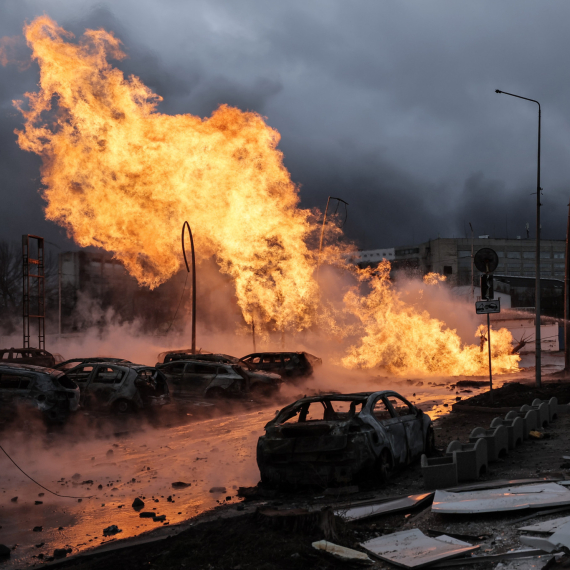
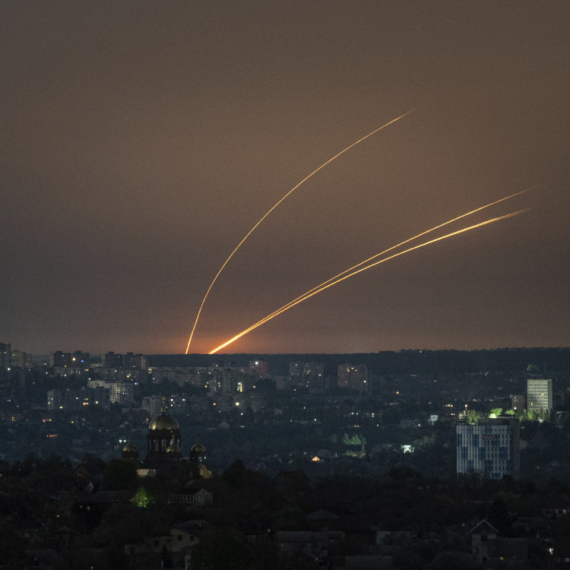
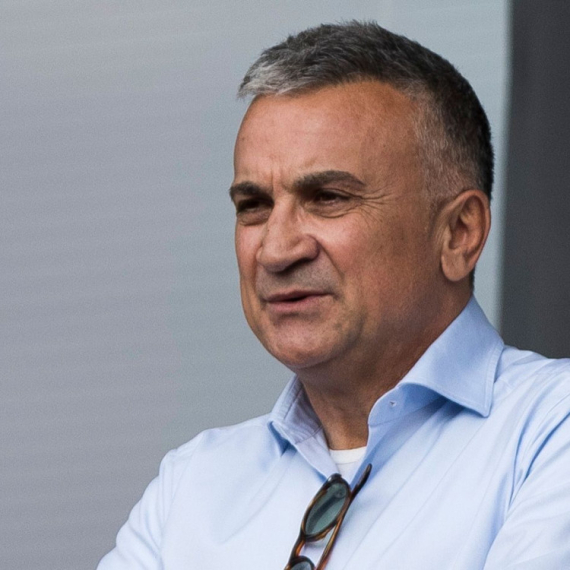
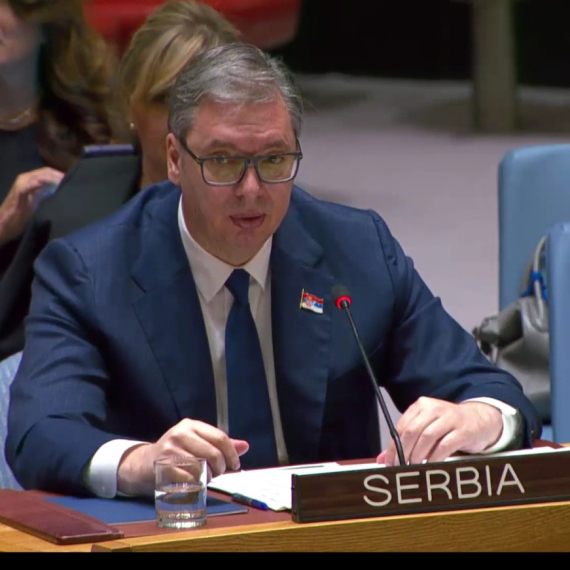



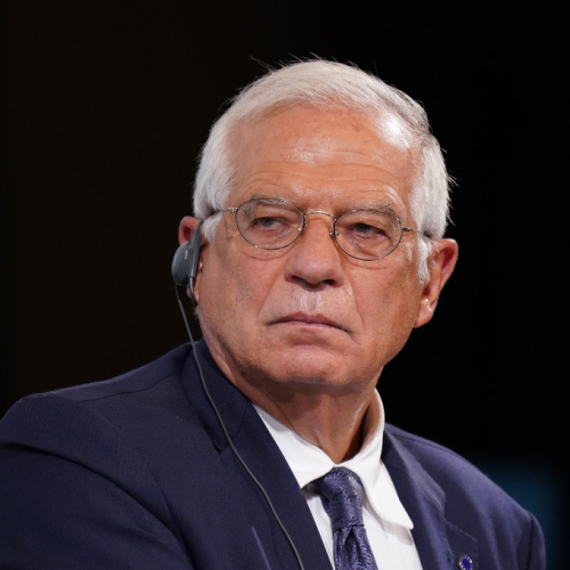
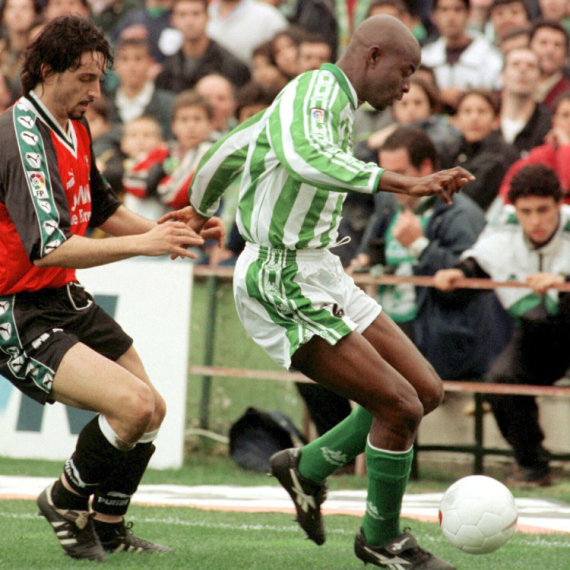
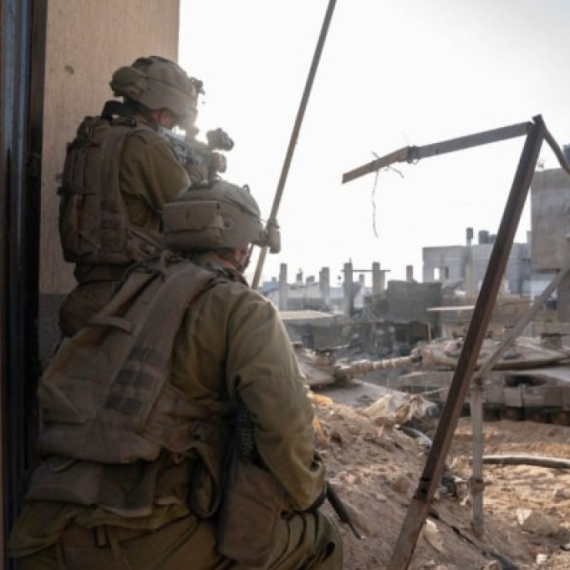
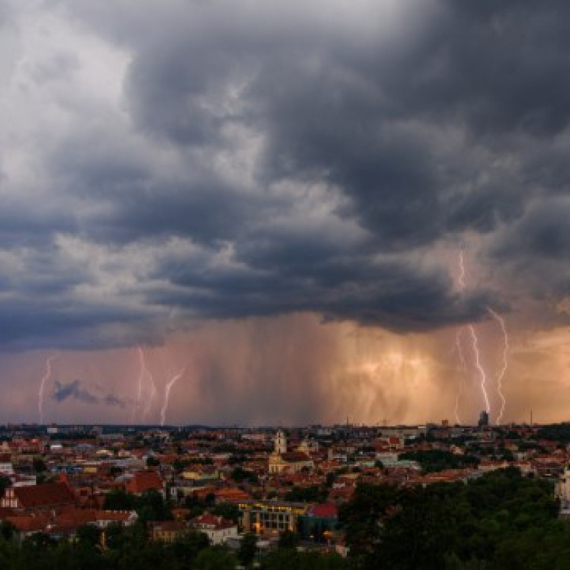

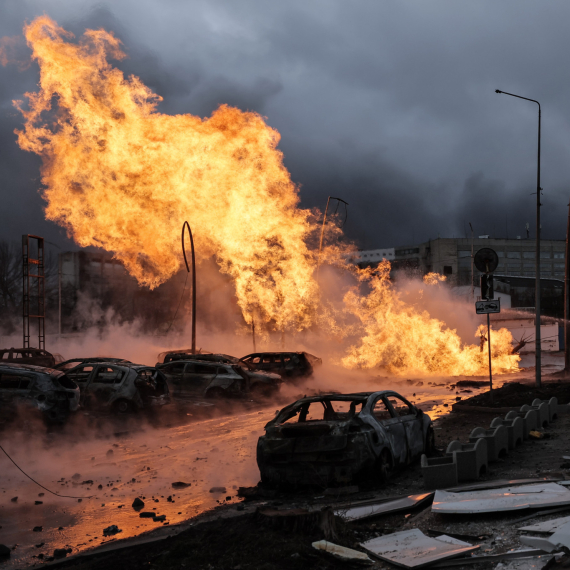
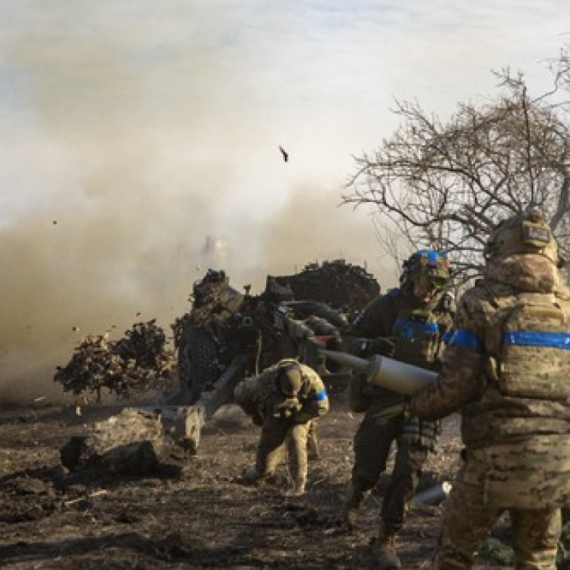


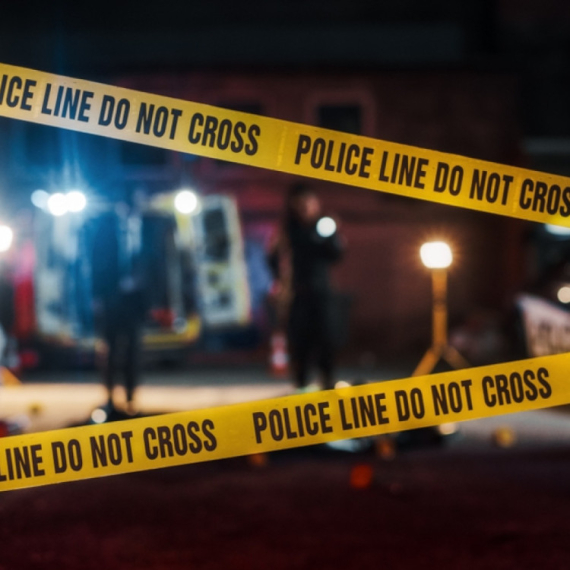






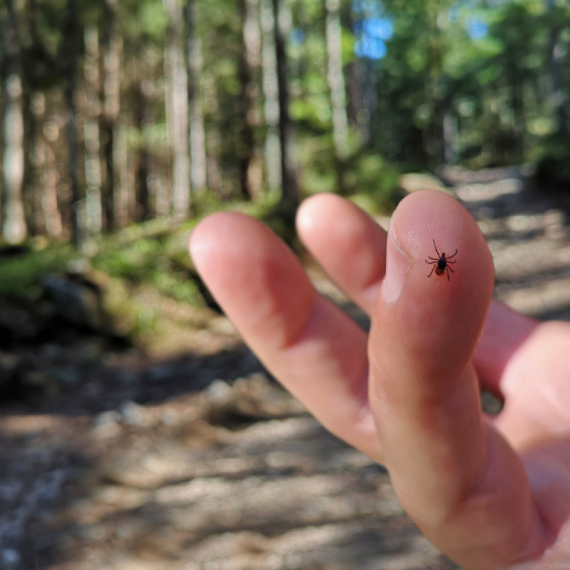
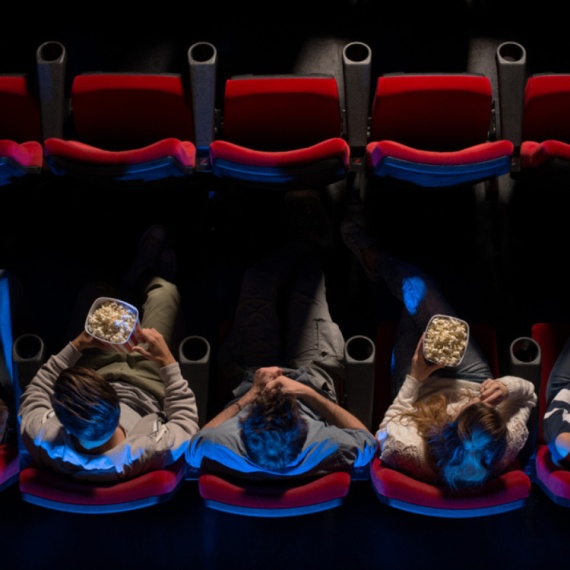





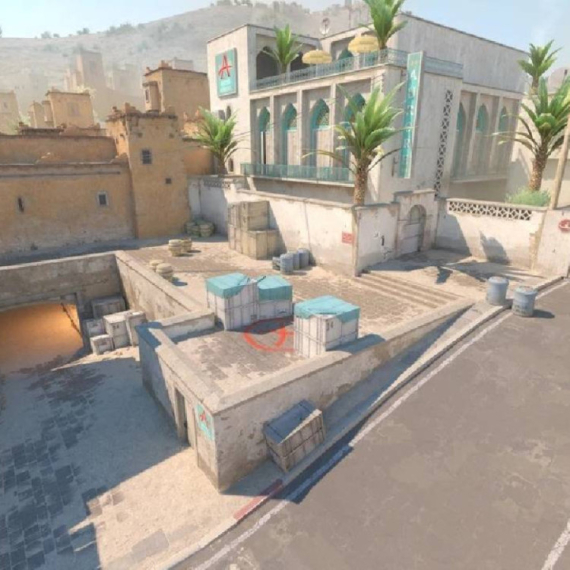





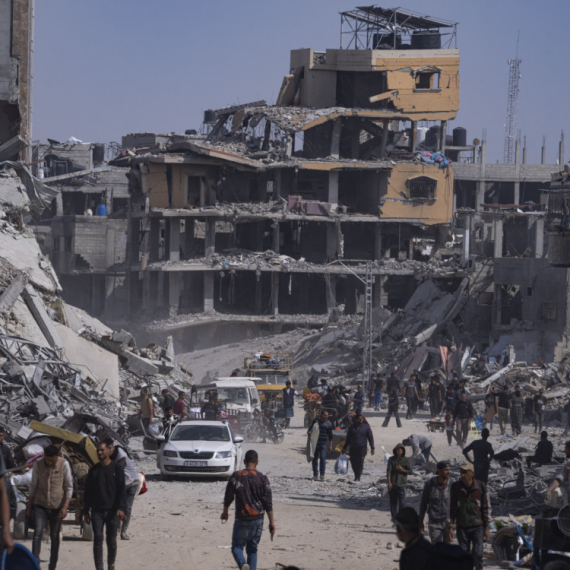

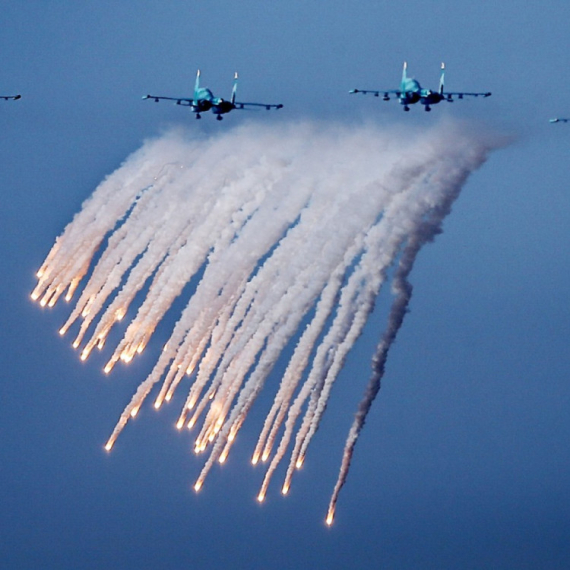




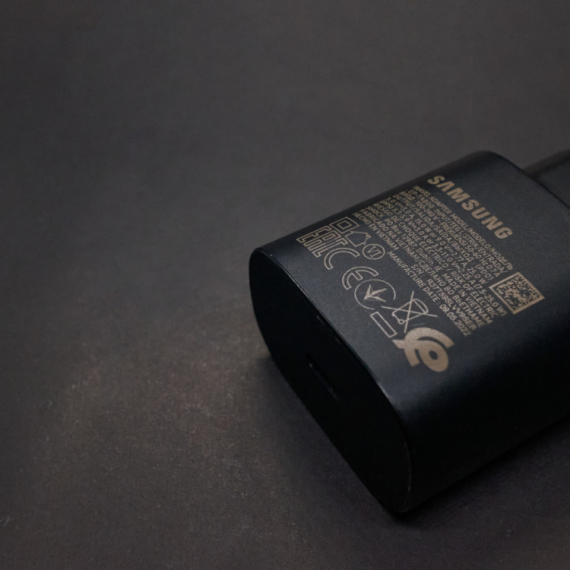











Komentari 0